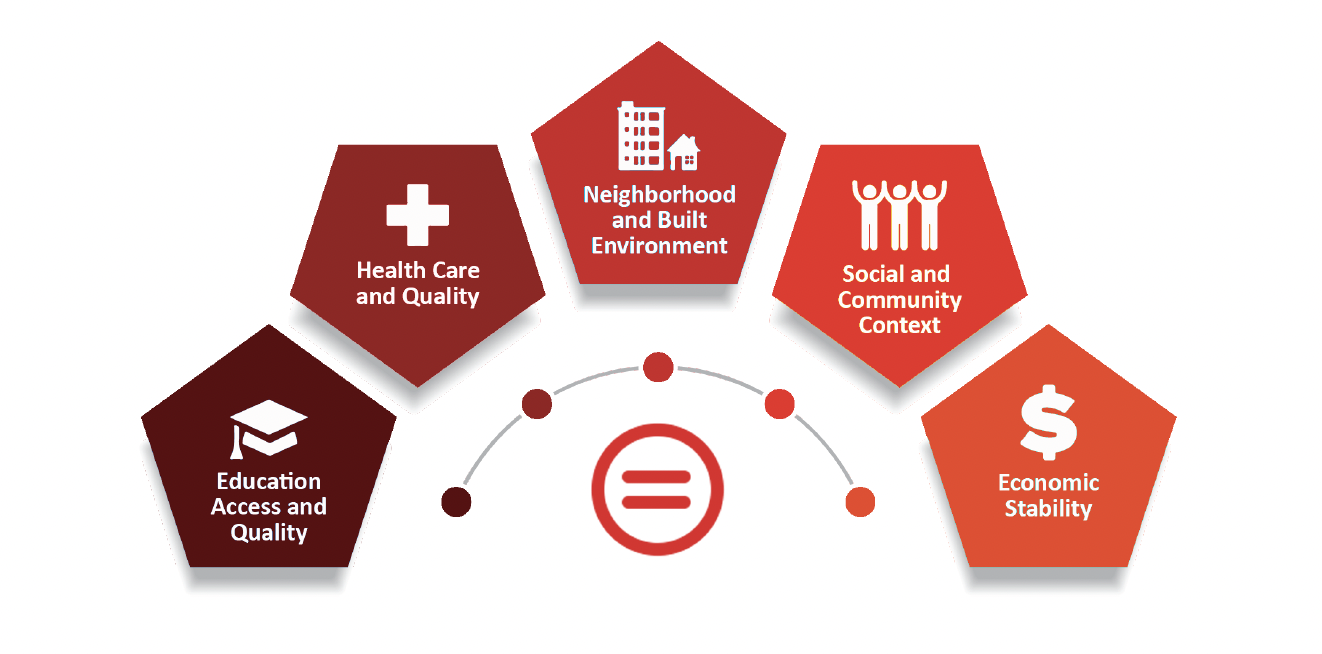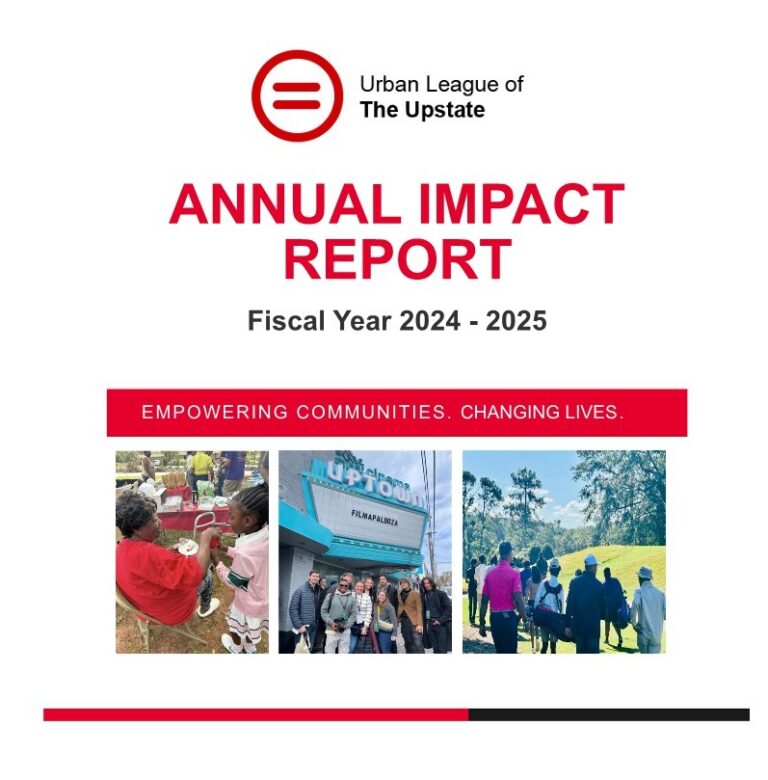A Path to Health Equity: The Five Social Determinants of Health
At the McClaren Institute for Health and Quality of Life, we’re committed to improving the well-being of our communities. A key part of this mission centers on what are known as the social determinants of health (SDOH). The SDOH are the conditions in which people are born, grow, live, work, and age that can affect their health, functioning, and quality of life. These factors profoundly influence individuals’ life and health. By understanding and addressing these factors, we can make significant strides toward health equity.
Aligning with the SDOH was no accident—the National Urban League set the rubric for itself and affiliates to use this model when implementing programs and educational opportunities surrounding health. These conditions are often nonmedical, social, and economic factors. By using the factors as a guidepost, we can advance health equity and policy.
The social determinants of health include five key areas:
Economic Stability: This determinant includes factors like employment, income, and financial resources. People with stable, well-paying jobs are more likely to have access to healthcare, nutritious food, and safe housing, all of which are essential for maintaining strong, sustainable health.
Education Access and Quality: Education is closely linked to health outcomes. Individuals who have higher levels of education tend to have better jobs, higher incomes, and greater health literacy which enables them to make informed decisions about their health and wellbeing.
Healthcare Access and Quality: Access to healthcare is one of the most critical determinants of health. This includes having health insurance, access to primary care, and receiving high-quality medical services. Without these, individuals may put off seeking care which can lead to worse health outcomes.
Neighborhood and Built Environment: The physical environment where people live plays a significant role in their health. Safe housing, access to clean water, healthy food options, and safe recreational spaces are all essential for good health and a vibrant life. Conversely, individuals living in areas with high crime rates or pollution can lead to poor health outcomes.
Social and Community Context: This determinant involves the relationships and networks within a community. Supportive family and community relationships, social cohesion, and active civic engagement contribute to better mental and physical health.
According to the CDC, addressing these social determinants of health is critical for creating lasting improvements in the lives of our community. SDOHs are responsible for a significant portion of health disparities observed between different racial, ethnic, and socioeconomic groups. For example, Black Americans are more likely to live in neighborhoods with limited access to healthy food and safe recreational spaces, which increases the risk of chronic conditions like obesity and diabetes.
Research has also shown that non-medical factors, like where people live and work, can determine up to 80 percent of health outcomes. This means that even if healthcare services are equitable, health disparities will persist unless the underlying social conditions are addressed.
At the McClaren Institute and the Urban League of the Upstate, we are actively working to address these social determinants of health through our programs, initiatives, and collaborations. We provide educational support, workforce development, and community outreach to help individuals and families overcome barriers to good health. By focusing on economic stability, educational opportunities, and community support, we aim to empower individuals to take control of their health and well-being.
Ultimately, addressing the SDOH is crucial for achieving health equity for everyone in our communities. By focusing on these critical areas, we can help ensure that everyone, regardless of their background, or circumstances, has the opportunity to live a healthy and fulfilling life. Together, we can build a healthier future.
[/et_pb_text][/et_pb_column][/et_pb_row][/et_pb_section]




